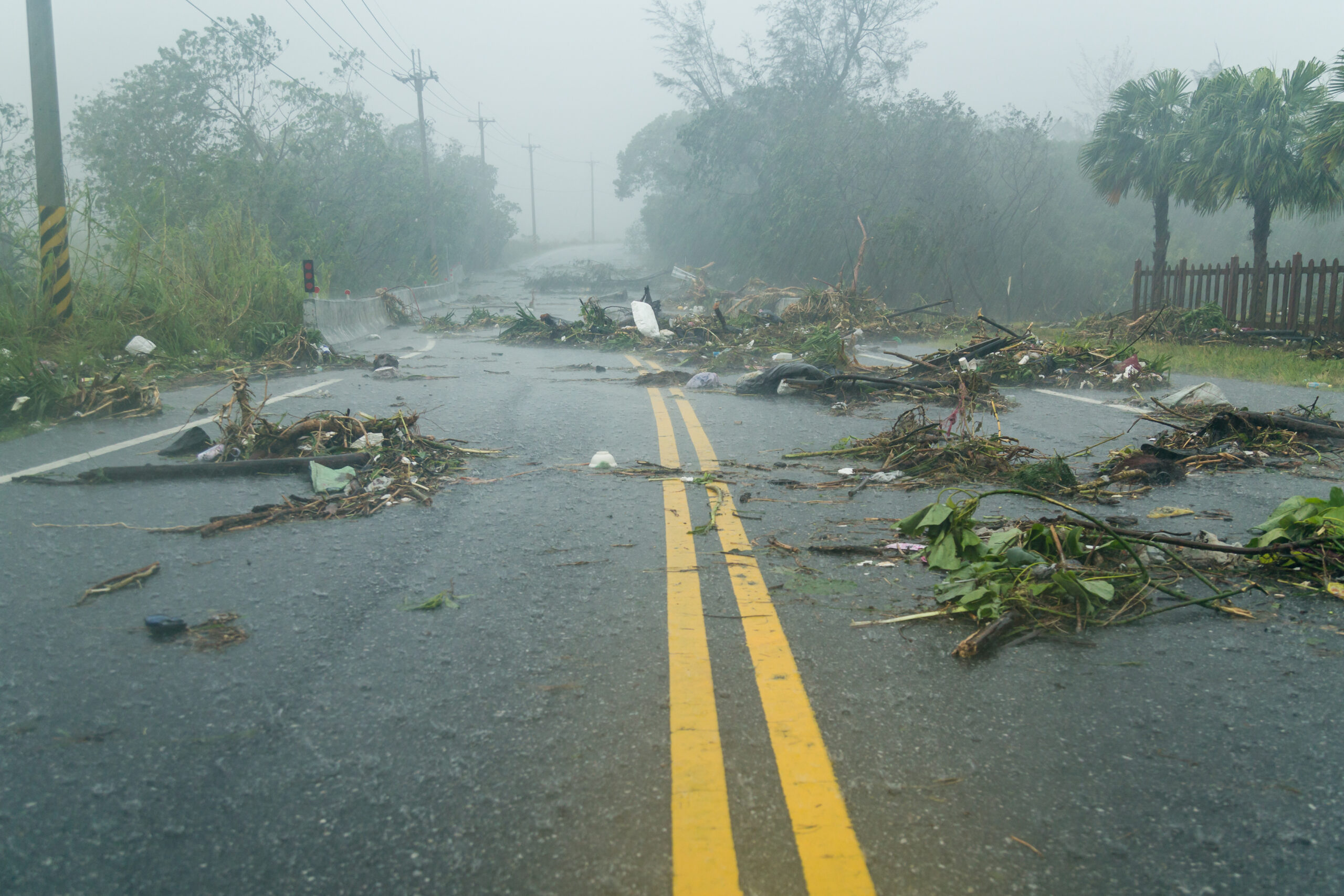Ways to Bridge the Rural Vaccination Divide
As of early August, one-third (30%) of US adults remain unvaccinated. Those who are yet to be vaccinated include people who are hesitant and awaiting additional information, as well as populations living in hard-to-reach rural areas. Currently the 10 states with the lowest vaccination rates are those with higher rural populations in the Southeast and throughout the plains. This may be due to several reasons, such as: longer travel distances in rural areas to health facilities, hesitancy and mistrust surrounding the vaccine, and the politicization of the vaccine and its development.
Table 1. Ten states with the lowest rates of COVID-19 vaccination as of August 10, 2021.
| State | % Adults fully vaccinated1 | % Rural population |
|---|---|---|
| South Carolina | 50.6% | 14% |
| Idaho | 50.4% | 32% |
| Georgia | 49.3% | 16% |
| Tennessee | 49.2% | 22% |
| Louisiana | 47.8% | 26% |
| Arkansas | 47.1% | 41% |
| West Virginia | 47.1% | 64% |
| Wyoming | 46.7% | 47% |
| Mississippi | 44.7% | 54% |
Over the years, rural areas have seen more healthcare facilities including clinics, hospitals, and primary care providers close due to decreased health insurance coverage and rising costs of care. The decline in accessible healthcare professionals has left this population exposed to increased disease and risk for misinformation regarding COVID-19 and the vaccine. This paired with long-travel distances and susceptibility to misinformation has resulted in about 1 in 5 rural residents saying they will “definitely not” get the vaccine. COVID vaccine hesitation within the context of the health profile of rural residents is troubling, as rural residents are more likely to experience long-term diseases, such as obesity, high blood pressure cardiovascular disease, and lung disease—all high-risk factors for developing severe cases of COVID.
With the Delta variant driving surges in COVID cases around the US, including breakthrough infections, increasing vaccination rates is the most effective way to prevent spread, infection, illness, and mortality. While traditional messaging campaigns from Health and Human Services or the Center for Disease Control have worked to spread information to those willing to be vaccinated, they still have a ways to go to capture the attention of those that are hesitant and hard to reach.
To reach these populations, the following recommendations should be considered:
- Engage and mobilize non-traditional, trusted messengers to create and deliver information in a way that resonates with the audience.
- 4H Clubs- Engage rural youth and their parents;
- Local businesses and activity clubs;
- Local city council officials.
- Leverage messages that focus on the benefits of vaccination, such as increased safety for staff and community, loosening of COVID restrictions, and the ability to address existing issues that have been worsened by COVID-19, such as health disparities and economic hardship.
- Wider-spread availability of vaccines in neighborhood health clinics and primary care offices. Many hesitant people want to have honest conversations to express their concerns and questions without condescension.
- Use phone lines and online schedulers to schedule mobile vaccinations for those that do not have reliable transportation.
While the country’s vaccination rate has reached the desired goal of having 70% of eligible adults with at least one dose of the vaccine, it is imperative that we continue to raise this number to stop the spread of new variants and new deaths. These recommendations are tools to help an important population that has been increasingly overlooked by the healthcare system over the years.






